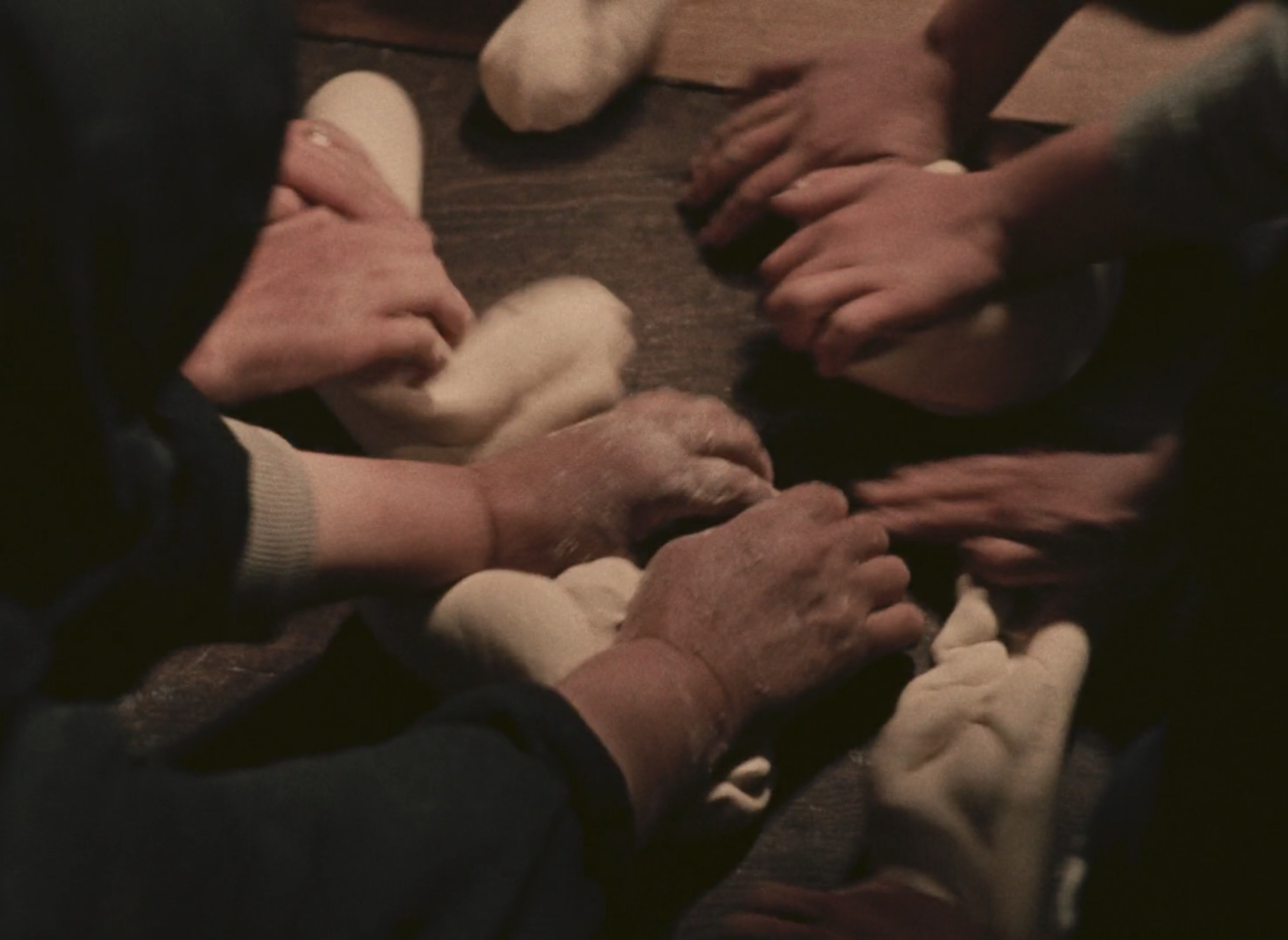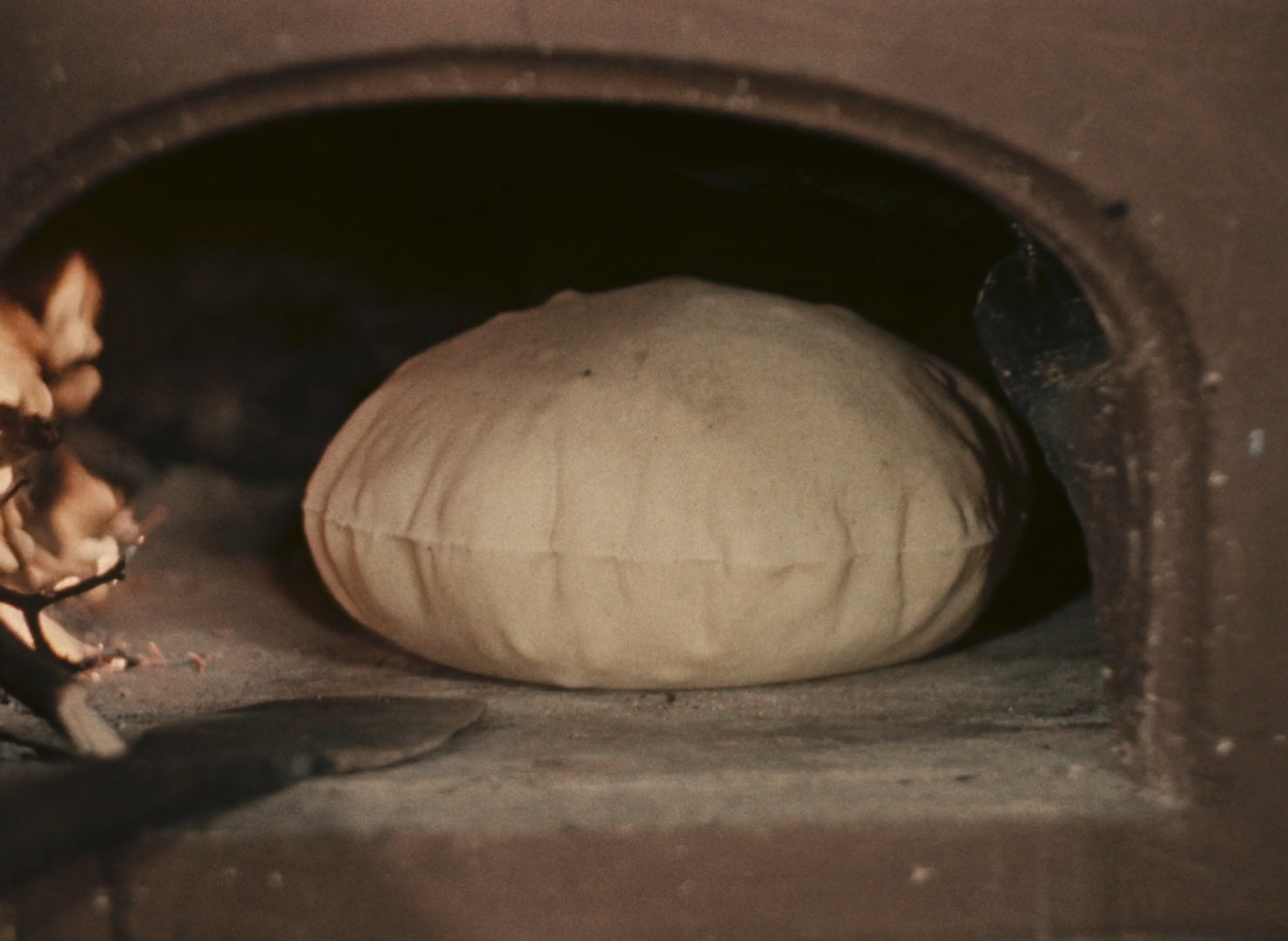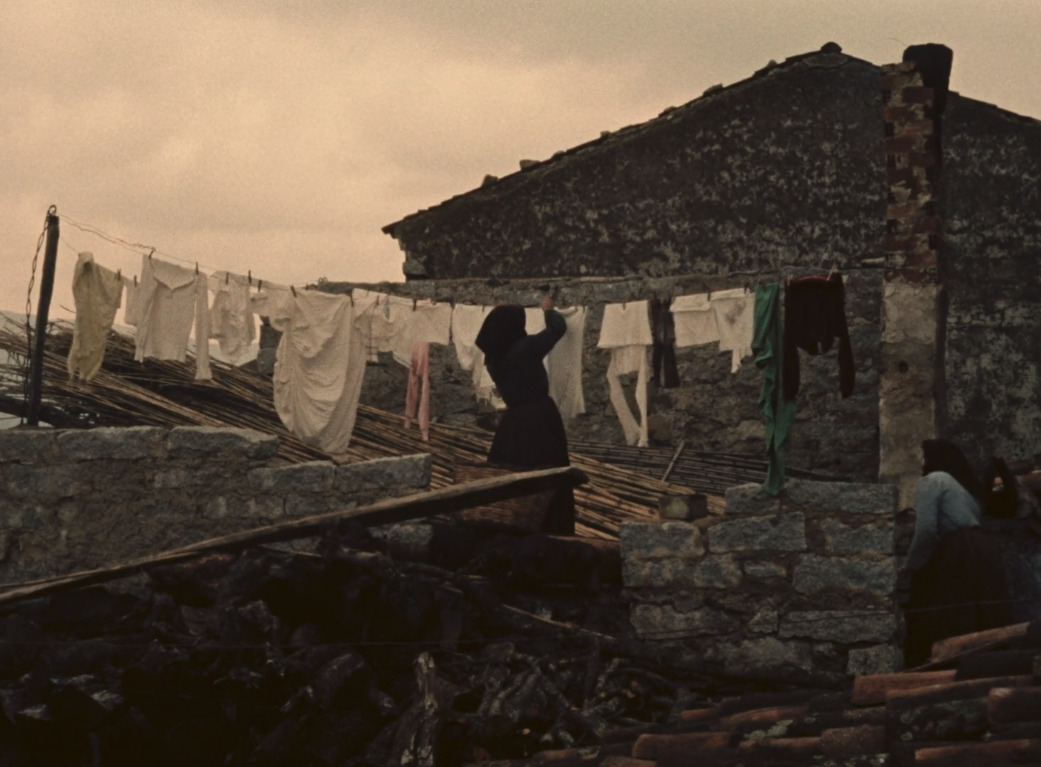Vittorio De Seta, the poeth of truth by Giulia Olianas, 30 gennaio 2024
Pier Paolo Pasolini and Martin Scorsese both referred to Vittorio de Seta as the 'Poet of truth' and the 'anthropologist with the voice of a poet'. De Seta, known as the father of Italian documentary film, captured a genuine and accurate portrayal of Sardinia during the 1950s and 1960s through his works.
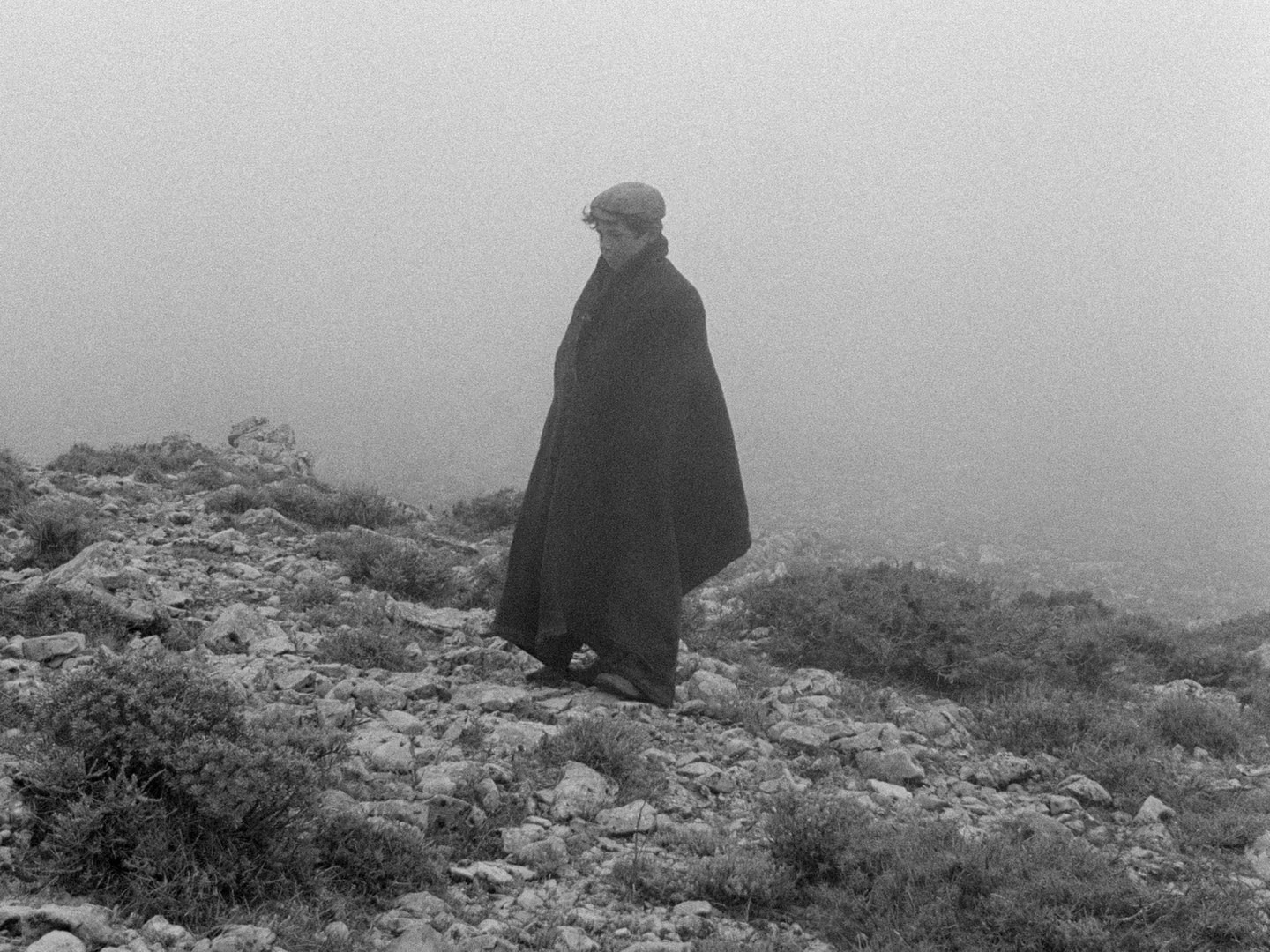

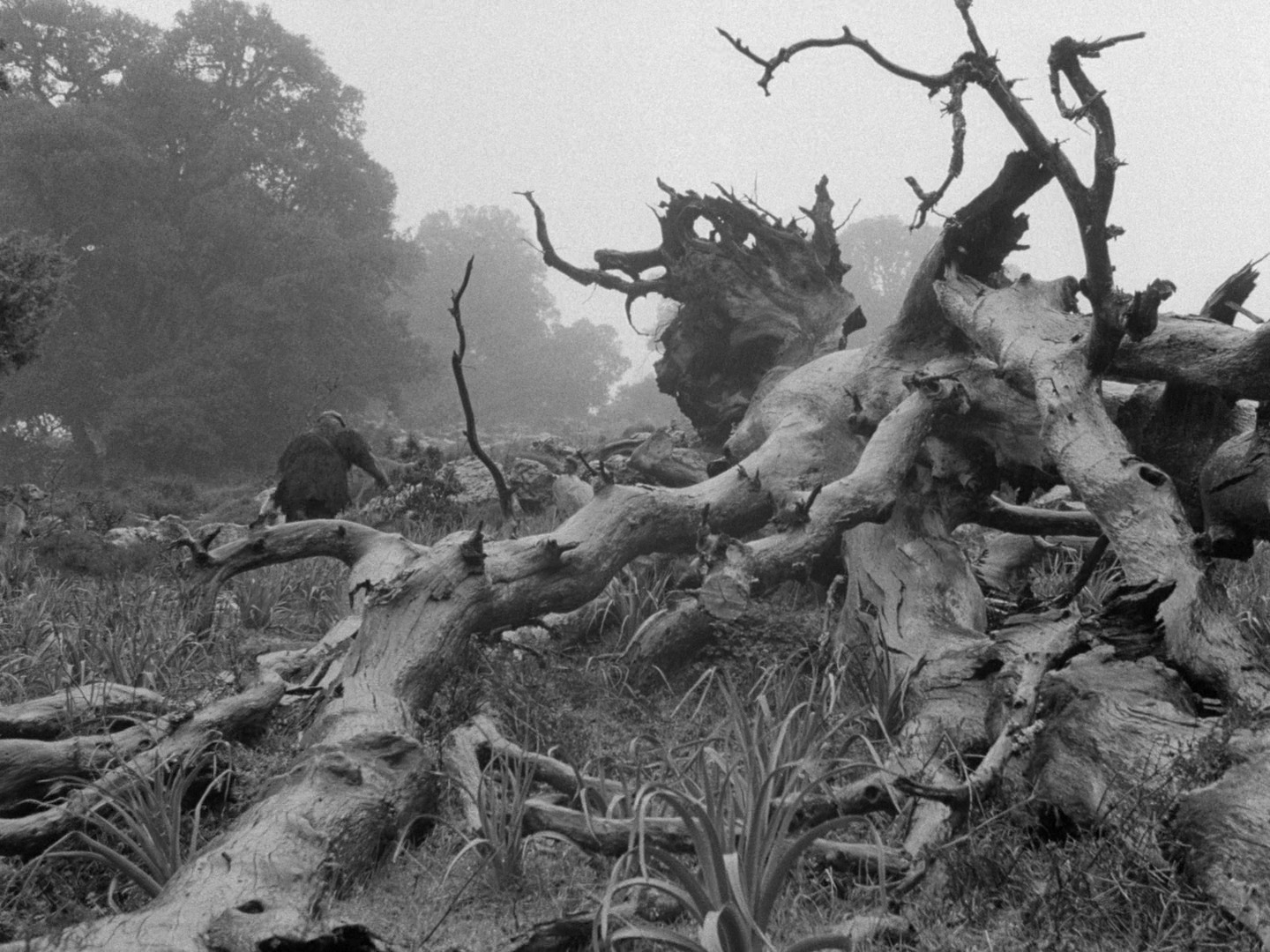
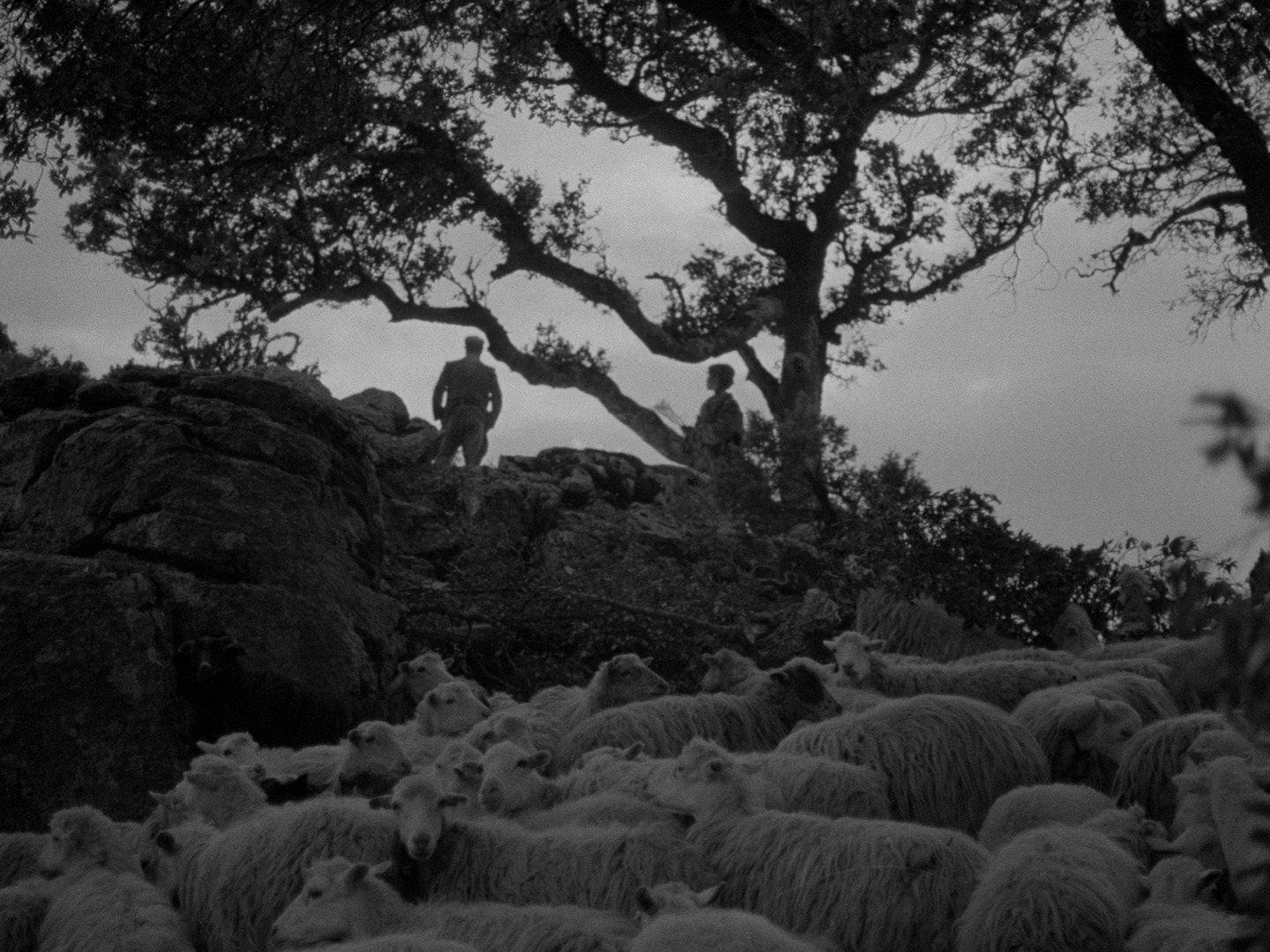
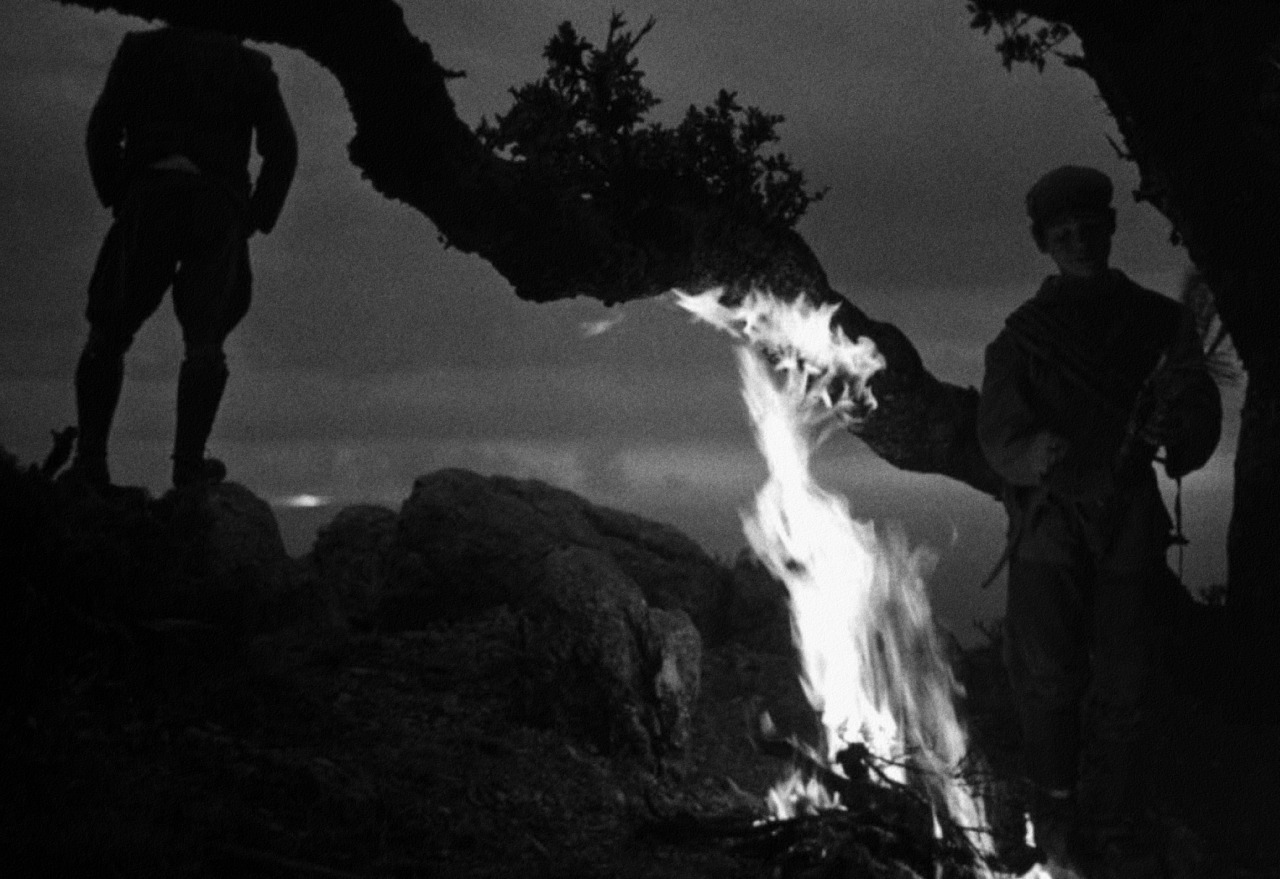
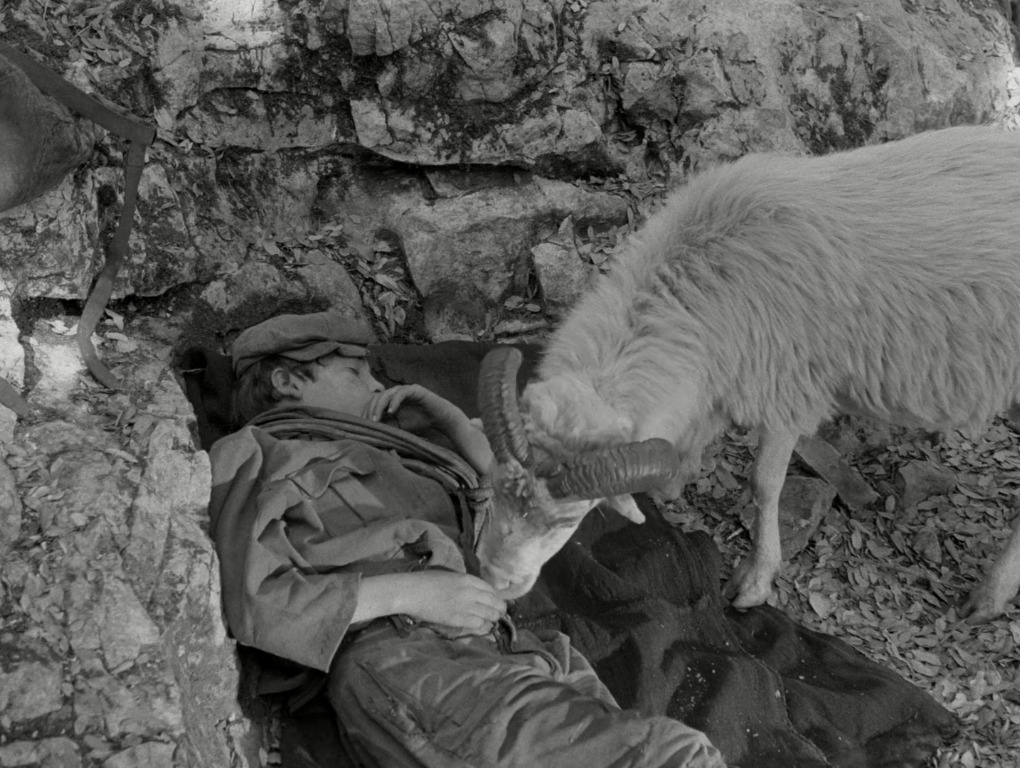
Scorsese personally spearheaded the restoration of De Seta's renowned film, Banditi a Orgosolo, in collaboration with his Film Foundation and the Cineteca di Bologna. The film, which was released in 1961 and won the award for 'best first feature' at the Venice Film Festival that same year, was later screened in New York in 1962.
Set in the rugged region of Barbagia, the movie depicts a tale of power struggles and cultural clashes. After being wrongfully accused of a crime, a shepherd named Michele from Orgosolo is forced to flee into the desolate and quiet landscape, eventually resorting to a life of banditry to survive the harsh conditions that threaten his flock.
Through a straightforward narrative, De Seta provokes reflection on the interplay between state and community, and the extent to which central power dictated the realities of peripheral regions during Italy's economic boom. These areas were excluded from the societal changes that swept through the rest of the country, unable to keep pace with the rapid evolution of national culture.
In 1958, De Seta made his way to Orgosolo, following the growing fascination with the village sparked by anthropologist Franco Cagnetta's 'Inchiesta su Orgosolo' published in 1954. An account that highlighted how the Italian state's policy towards the Orgosolo community was to a large extent repressive, deconstructing Lombrosian prejudice of a community 'of brigands', closed and distrustful by nature, and asserting instead that the conflictual relationship between village and state was caused by the hostile actions and look of suspicion that the authorities had always reserved for Orgosolo.
Set in the rugged region of Barbagia, the movie depicts a tale of power struggles and cultural clashes. After being wrongfully accused of a crime, a shepherd named Michele from Orgosolo is forced to flee into the desolate and quiet landscape, eventually resorting to a life of banditry to survive the harsh conditions that threaten his flock.
Through a straightforward narrative, De Seta provokes reflection on the interplay between state and community, and the extent to which central power dictated the realities of peripheral regions during Italy's economic boom. These areas were excluded from the societal changes that swept through the rest of the country, unable to keep pace with the rapid evolution of national culture.
In 1958, De Seta made his way to Orgosolo, following the growing fascination with the village sparked by anthropologist Franco Cagnetta's 'Inchiesta su Orgosolo' published in 1954. An account that highlighted how the Italian state's policy towards the Orgosolo community was to a large extent repressive, deconstructing Lombrosian prejudice of a community 'of brigands', closed and distrustful by nature, and asserting instead that the conflictual relationship between village and state was caused by the hostile actions and look of suspicion that the authorities had always reserved for Orgosolo.
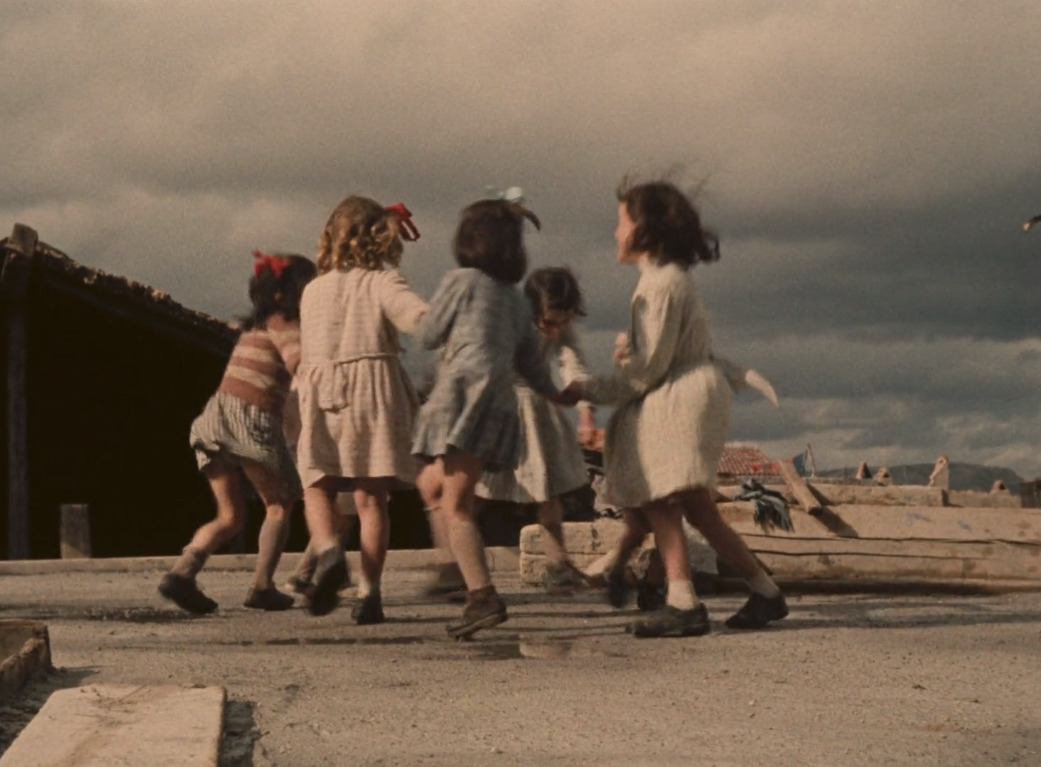
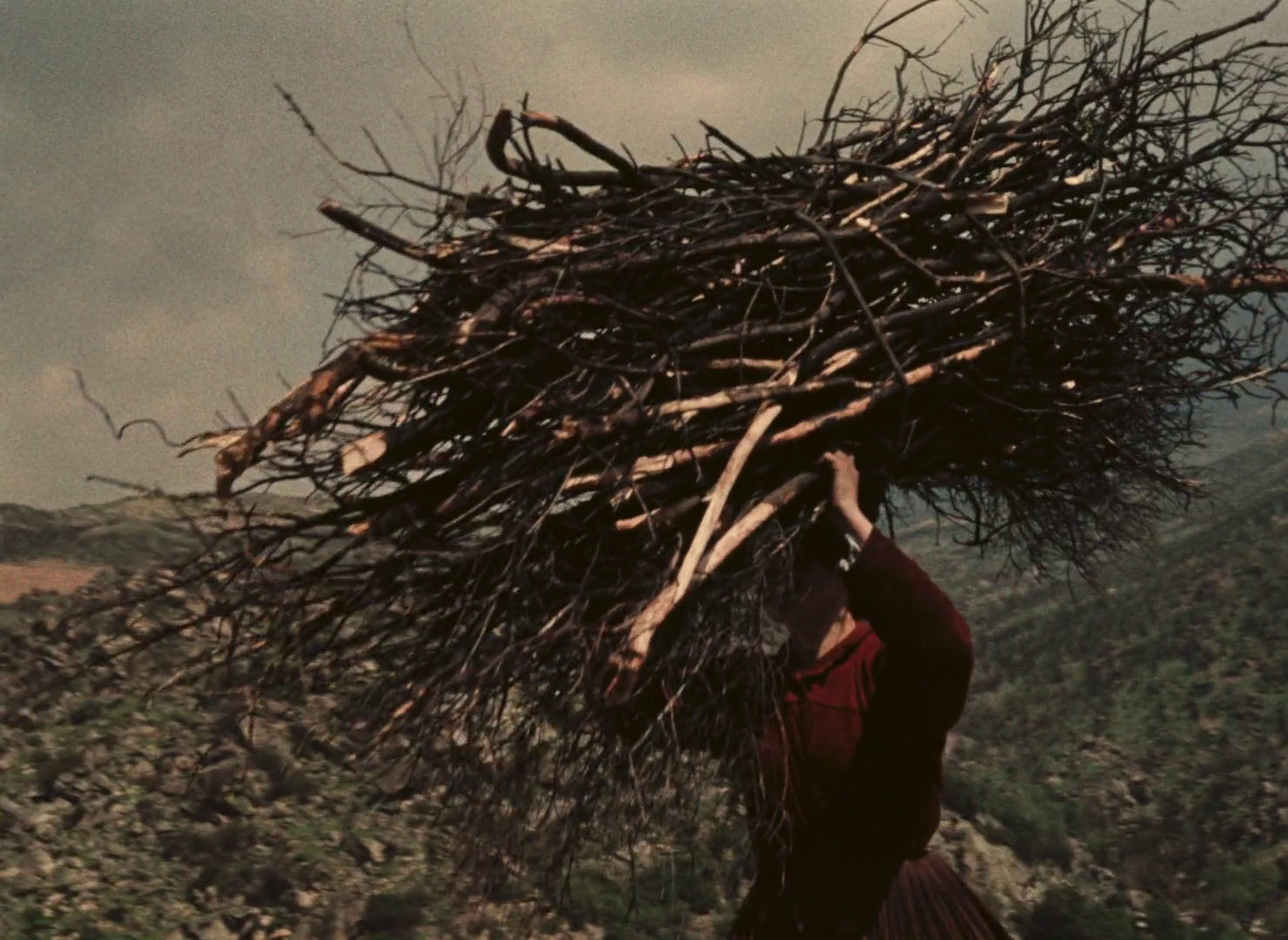
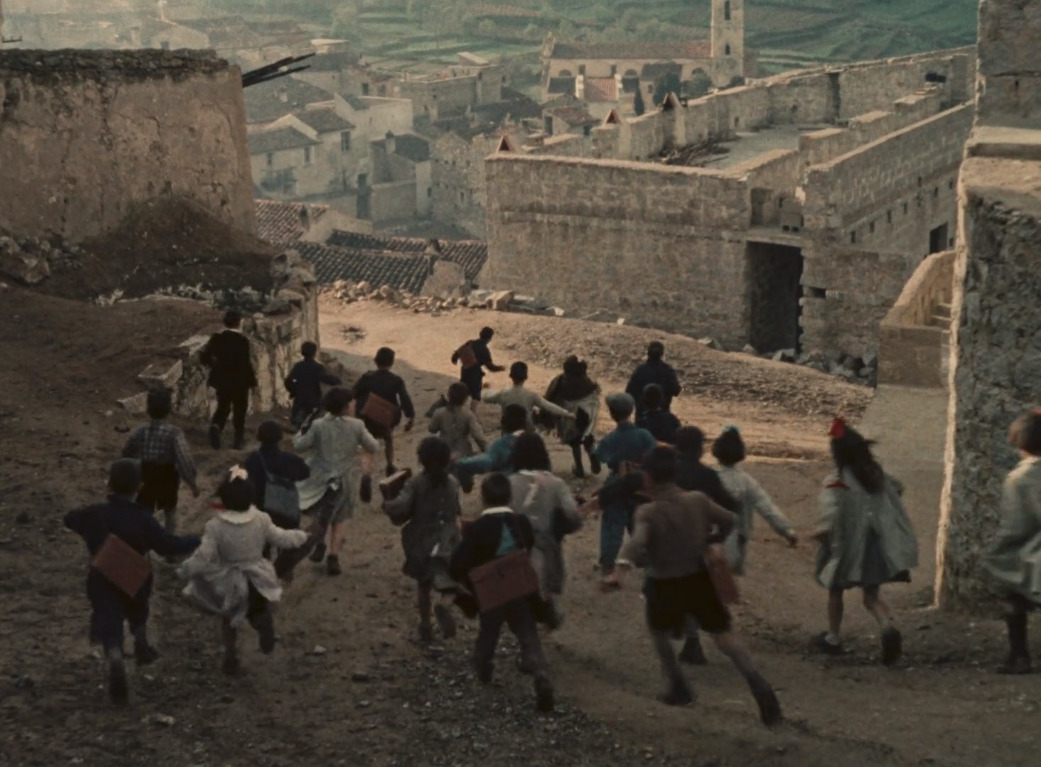
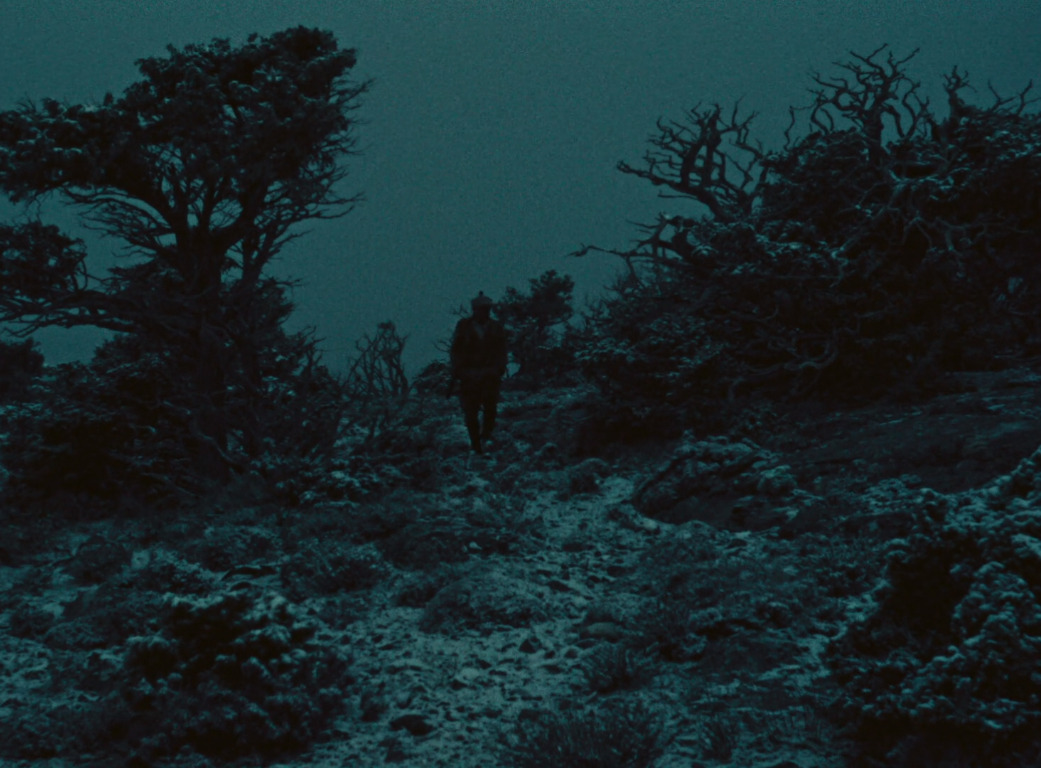
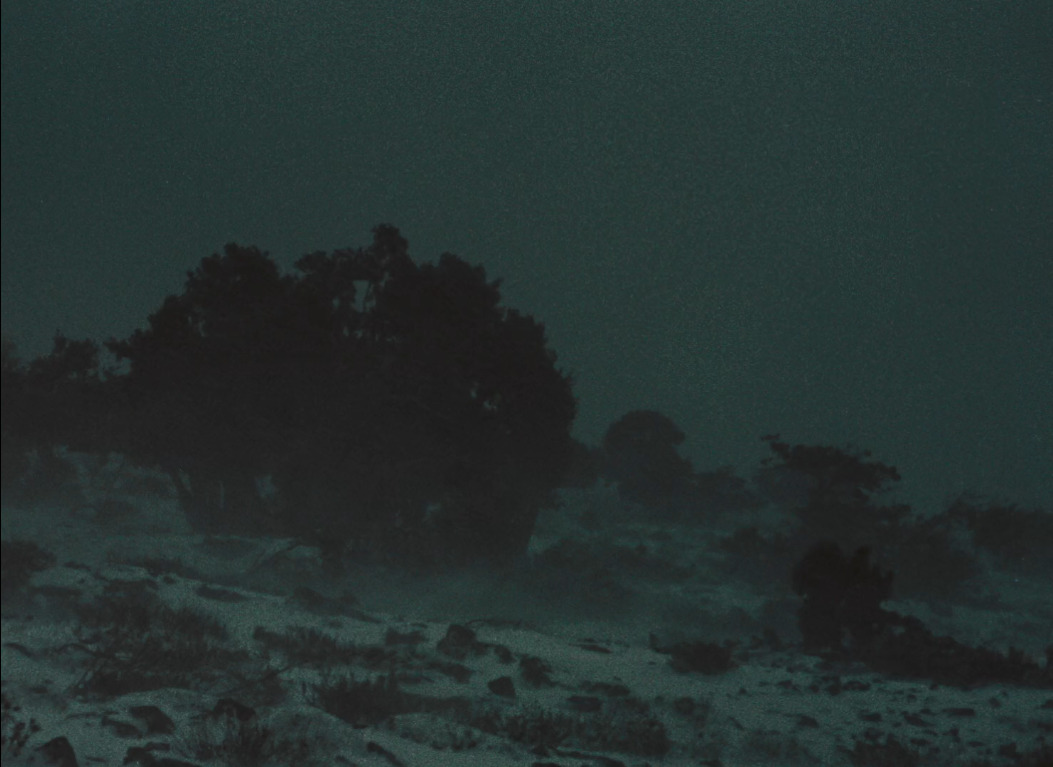
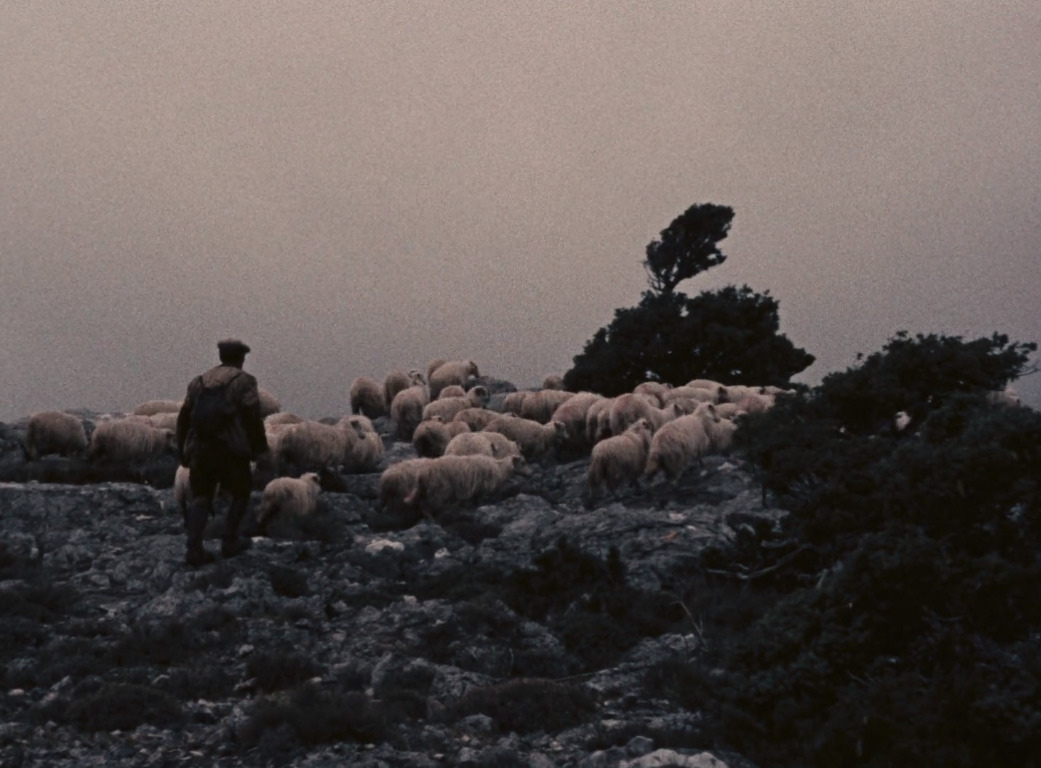
De Seta faced challenges integrating into the village, as the locals were wary of outsiders due to previous negative encounters with investigators and writers who portrayed the community in a negative light. Thanks to Cagnetta's referrals, De Seta was able to meet and be guided by members of the community; this was the beginning of a time when sharing experiences with the general public became commonplace, from spending lengthy periods with shepherds in the mountains to observing children's games on the streets.
In the spirit of Malinowski, this period of field research played a pivotal role in determining the central theme of the documentary: for a year De Seta took notes on the ways of life of the people of Orgosolo and studied every aspect of it, from daily activities to relations with the justice system, with a 360-degree view that allowed him to tell the story of the character of the community through a documentary approach.
The film 'Banditi a Orgosolo' is straightforward and lacks a complex storyline. The images in the film are marked by their sharpness and the expressive potency of each frame, which, when viewed alone, do not need each other and illustrate a remarkable level of narrative independence.
De Seta's deep connection with the Orgosolo community is evident in his first film made in the village upon his arrival. "Un giorno in Barbagia" is a brief documentary showcasing the daily routines of the locals, with a focus on the women who stayed behind while the men tended to their herds in the mountains. Through close-up shots, the daily routines are documented as they take place inside the houses. The director's proximity to the subjects creates an intimate and harmonious dynamic. De Seta is now seen as a part of the Orgosolo community. The location at the heart of the village holds great importance, with houses closely constructed side by side, creating a tightly-knit living environment that strengthens the sense of connection and closeness between residents and the director.
In the spirit of Malinowski, this period of field research played a pivotal role in determining the central theme of the documentary: for a year De Seta took notes on the ways of life of the people of Orgosolo and studied every aspect of it, from daily activities to relations with the justice system, with a 360-degree view that allowed him to tell the story of the character of the community through a documentary approach.
The film 'Banditi a Orgosolo' is straightforward and lacks a complex storyline. The images in the film are marked by their sharpness and the expressive potency of each frame, which, when viewed alone, do not need each other and illustrate a remarkable level of narrative independence.
De Seta's deep connection with the Orgosolo community is evident in his first film made in the village upon his arrival. "Un giorno in Barbagia" is a brief documentary showcasing the daily routines of the locals, with a focus on the women who stayed behind while the men tended to their herds in the mountains. Through close-up shots, the daily routines are documented as they take place inside the houses. The director's proximity to the subjects creates an intimate and harmonious dynamic. De Seta is now seen as a part of the Orgosolo community. The location at the heart of the village holds great importance, with houses closely constructed side by side, creating a tightly-knit living environment that strengthens the sense of connection and closeness between residents and the director.
Pastori di Orgosolo (Shepherds of Orgosolo) is another of De Seta's short films from 1958 that portrays the daily lives of shepherds who moved from their village to the mountains with their herds.Set in the Supramonte, it depicts the harshness of the lives of these men, who faced great challenges and harsh weather in their solitary struggle to survive the winter in an unforgiving environment, where the only sounds were the ones made by their everyday actions.
De Seta's films can be considered an innovative product as far as the actors are concerned. The roles in Un giorno in Barbagia, Shepherds of Orgosolo and Bandits in Orgosolo all feature local residents of Orgosolo, as De Seta intentionally avoided using trained actors to preserve the raw authenticity of their performances. The screenplay was a collaborative effort, crafted around a defined plot that allowed for spontaneous moments to bring out the authenticity of the characters, using a mise-en-scène approach. Despite its effectiveness, this approach was not without its challenges as the actors' spontaneity often deviated from the original script.
As a result, the text required frequent revisions and adjustments to maintain its coherence. With a focus on precision, the elaborate process aimed to capture the true spirit of the community from within. 'The conversations in Banditi a Orgosolo were recorded on location in Orgosolo, but later dubbed in Italian for commercial purposes, according to De Seta. The lead character's voice was provided by Gian Maria Volonté.
De Seta's films can be considered an innovative product as far as the actors are concerned. The roles in Un giorno in Barbagia, Shepherds of Orgosolo and Bandits in Orgosolo all feature local residents of Orgosolo, as De Seta intentionally avoided using trained actors to preserve the raw authenticity of their performances. The screenplay was a collaborative effort, crafted around a defined plot that allowed for spontaneous moments to bring out the authenticity of the characters, using a mise-en-scène approach. Despite its effectiveness, this approach was not without its challenges as the actors' spontaneity often deviated from the original script.
As a result, the text required frequent revisions and adjustments to maintain its coherence. With a focus on precision, the elaborate process aimed to capture the true spirit of the community from within. 'The conversations in Banditi a Orgosolo were recorded on location in Orgosolo, but later dubbed in Italian for commercial purposes, according to De Seta. The lead character's voice was provided by Gian Maria Volonté.

